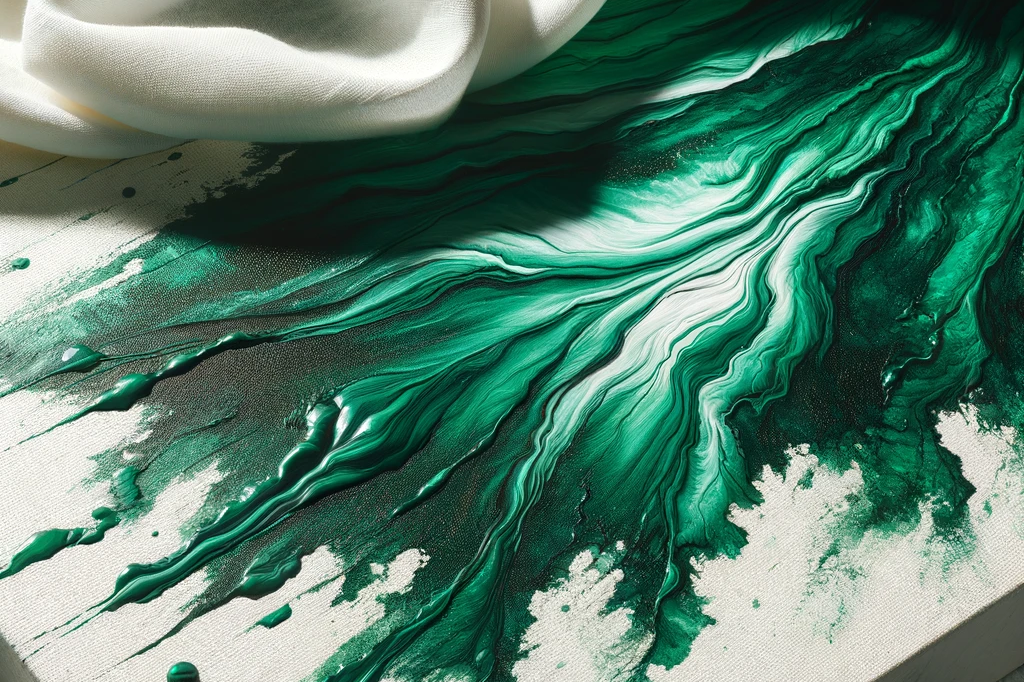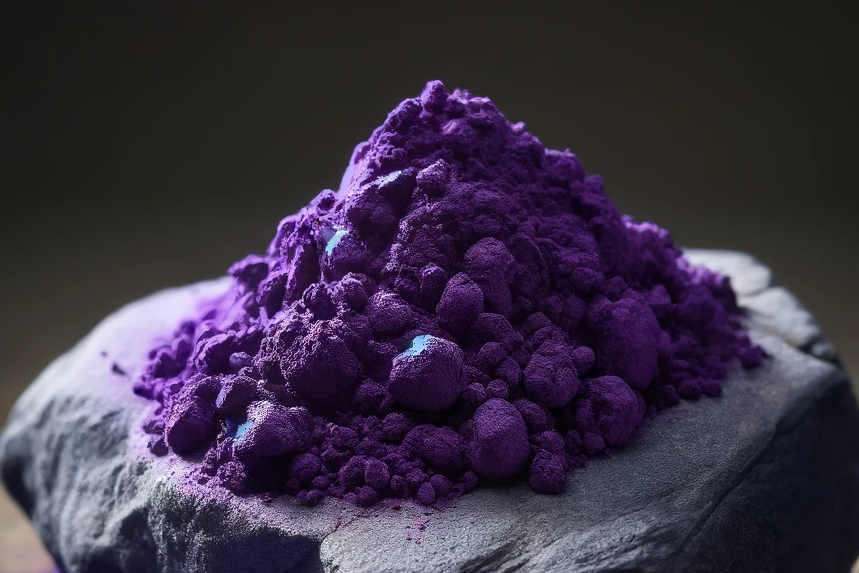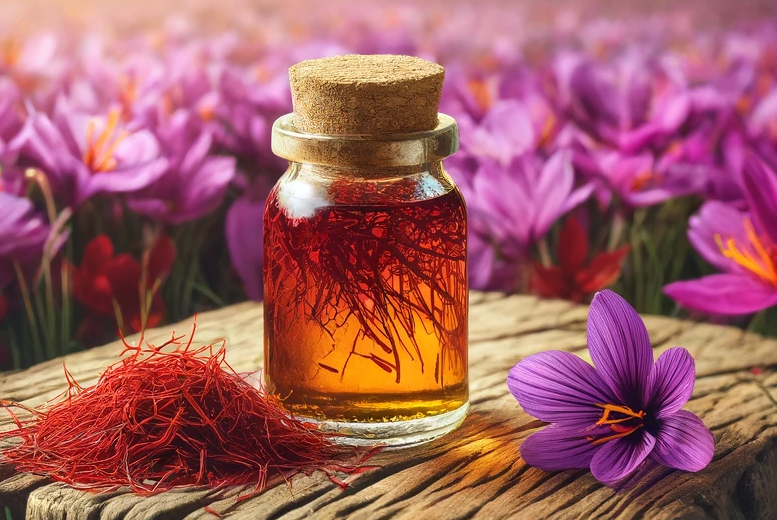Fuchsin

Fuchsin, also known as Basic Violet 14, is a synthetic dye from the triphenylmethane group that is used in the textile industry, in the production of dyes and in microscopy as a biological dye. It has a wide range of applications, from dyeing textiles and paper products to use in scientific laboratories for staining microorganisms under the microscope. But the question of particular interest to dog owners is whether and how this substance is relevant in relation to dogs. In particular, it concerns the safety of products treated with fuchsin and whether there are direct applications or exposures that could be beneficial or detrimental to dogs.
What is fuchsin?
Fuchsin is a bright red dye that is valued for its intense color and its ability to react with various materials. In biology and medicine it is used, among other things, for Gram staining, a method of classifying bacterial species. Despite its usefulness in certain scientific and industrial applications, fuchsin also poses risks, particularly in terms of its toxicity and potential health hazards.
Benefits of fuchsin in relation to dogs
There are few direct benefits of fuchsin in relation to dogs. One of the few possible benefits could be in veterinary diagnostics, where specialized applications of the dye in laboratory tests could help identify certain pathogens. However, this application is very specific and is carried out under controlled conditions by specialized personnel.
Disadvantages and risks
Toxicity
The main concern with fuchsin is its toxicity. Like many synthetic dyes, fuchsin can be toxic to humans and animals, including dogs, if ingested in large quantities. The main danger is that dogs may come into contact with or consume items that have been dyed with fuchsin without the owners being aware of the potential danger.
Skin and eye irritation
Fuchsin can cause skin and eye irritation on direct contact. Dogs that are sensitive to chemicals may be particularly susceptible to such reactions, especially if they come into contact with fuchsin-treated materials.
Long-term effects
The long-term effects of exposure to fuchsin are not fully understood, but as with many chemicals, there is concern that long-term exposure could have negative health effects. This is of particular concern for dogs who may be more sensitive to such substances.
Although fuchsin has its benefits in certain applications, such as scientific research and the textile industry, there is little to no reason to use this dye directly on dogs. The potential risks and toxicity of fuchsin require caution and awareness on the part of dog owners. Products treated with fuchsin or other chemicals should be kept away from dogs to minimize the risk of accidental exposure. In cases where exposure to fuchsin is suspected, it is advisable to seek veterinary advice immediately to ensure that no health problems arise for the dog. Ultimately, the safety and well-being of the dog is most important, and avoiding potentially harmful substances such as fuchsin is an essential aspect of responsible pet care.
If you notice any signs of hypersensitivity or poisoning in your dog, you should see your vet immediately. We are not a substitute for a vet, but we try to be as accurate as possible. Every dog reacts differently and we recommend you get a second opinion or consult your vet if in doubt.
Stay healthy and take good care of your four-legged friend!😊
Similar to Fuchsin
Malachite green is a synthetic dye that was originally used in the textile industry and as a biological dye. Due to its strong antimicrobial and fungicidal properties, it was later used in fish...
A colorful history Methylene blue, chemically known as tetramethylthionine chloride, is a synthetic dye that was originally used in the textile industry and later in microscopy to stain biological...
Crystal violet, chemically known as hexamethyl-p-rosaniline chloride, is a synthetic dye with antimicrobial properties. Originally used in the textile industry and as a biological dye, its...
First of all, it is important to clarify that the term "safranins" can be misleading in this context. In a chemical sense, safranins refer to a group of synthetic dyes used in microscopy and in the...



